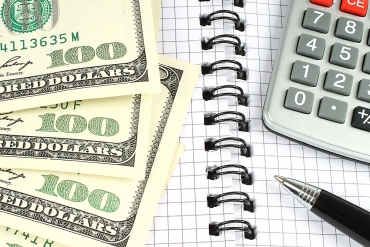The interest costs are poised to take an upward spiral from $233 billion to $880 billion in the coming decade. Deficits are looking pretty conspicuous for the next few years. But the impending interests in the nation’s cumulative debt are bound to take huge surge. As per the Congressional Budget Project office, the interest rate will be $230-$235 this year, which marks a 1.3 percent share of the entire economy, tentatively. According to market estimations, the $880 billion mark with be touched within 2024.
This implies a 3.3 percent of GDP, which implies interest will encompass a lion’s share of the $1.1 trillion deficit as projected for that fiscal phase. It will come in vicinity to the expenses made for Mediacare. There are two main reasons for the rise in interest costs. The first one entails an improving economy, which is widely anticipated to push what have been categorically and historically reduced low rates of interest to more typically higher levels. The second reasons being, the underlying debt amount will still be quite large and it will continue to expand.
One related standpoint in this juncture is the deficit that continues to stair a sharp decline. The CBO projections are in compliance with current policies. They show that public is bound to reach and even cross $21 trillion. This comes to 79% of the GDP in 2024. It would be the highest pinnacle in over 75 years, which would leave debt at virtually double its original, long-term median of 40 percent of GDP. One fundamental aspect about growing and large payments on interest is that they comprise substantial tax revenue which could otherwise be allocated for or spent on various quarters of the state’s priorities. These priorities include healthcare, education, resource allocation or channelization and technological innovations. Another prospective outlet is the unemployment or poorly-paid job scenario, which deems attention.
In contrast to the fast growth of interest allotment, outlays or manifestos for domestic ventures and defense programs like infrastructure, academic hubs, law enforcement and disaster relief, things are course to experience a sharp fall to their lowest parameters since 1962. Except policy shuffles that potentially align interest spending with incoming or accumulating revenue, the debt and subsequent interest owed on the amount, parameters will continue to grow faster than the entire economy in coming times. Market directives regard this as a trajectory, which the CBO describes and defines as being “unsustainable”, or transient, precisely.

